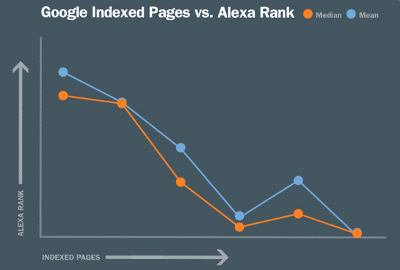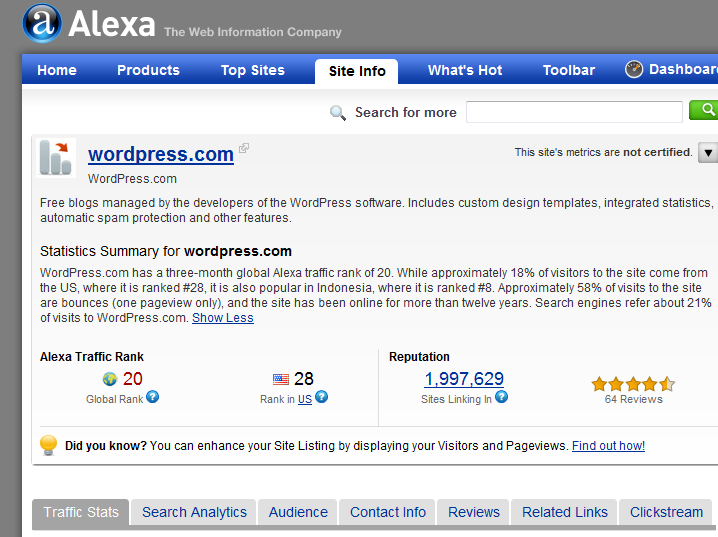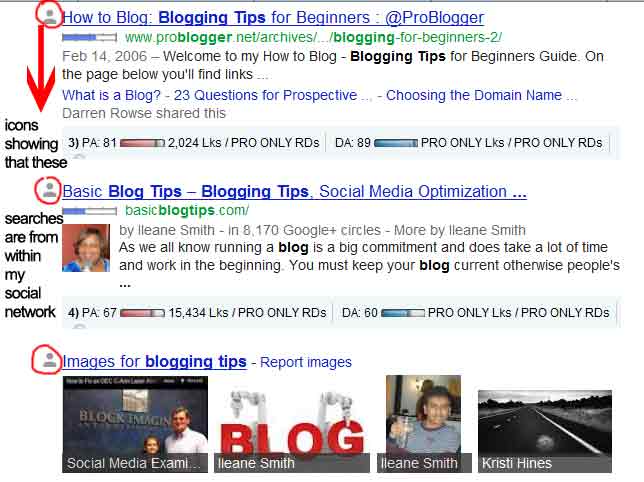In my last post for Web Content Blog, I discussed changes in SEO for 2013 focused on Google. That’s for two very good reasons. First, Google is dominant in search with over 66% of core searches. Second, Google talks about its changes while other search engines generally don’t. However, Bing broke through the 17% core search threshold for the first time this year – Search Engine Land, May 15, 2013.
The Search Industry
Because Google is dominant in search, it leads the rest of the pack in maintaining the technology. The others follow suit or make changes that help them market against Google. But occasionally, the others change their algorithms to suit their own business aims, and without alerting webmasters, it can send the industry into a tizzy. Bing, for instance, made three algorithm updates in 2012 and their forums lit up trying to figure out what was happening. To date in 2013, Bing has made only one algorithm update. Yahoo uses the Bing algorithm and so a change to the latter is a change to the former, although each tweaks its results to suit its needs.
There has always been a tension between search engines, which are naturally loyal to their search users, and webmasters on whom search engines rely for the sources of those searches. Search engines set the rules for how webmasters may run the gauntlet of a search engine indexing but have been little helpful in the navigation of the gauntlet.
Google is secretive with details about its updates, but it has communicated upcoming changes and it has answered questions, without giving away details that might negate the changes. Contrast that with Bing, which simply makes updates.
While you can generalize that a broad rule change in Google won’t hurt you with other search engines, it’s to the specifics that you need to pay attention (Bing Webmaster Guidelines, for instance). While some rules apply universally to all search engines, some don’t, so it’s important to know your search engines. If you see in your analytics that a large or growing share of your traffic is coming from Bing, for instance, you need to make sure you don’t set up roadblocks to being found there. A “roadblock” is something that interferes with indexing, including not meeting their guidelines and blocking access to your site.
Both Google and Bing recommend unique title tags and description tags for each Web page. However, Google only says to keep them brief. Bing gives specific limits in its guidelines. If you’re targeting Bing, the limit is 65 characters for titles and 160 characters for descriptions.
General Changes to Search
Some general changes in 2013 that apply to all search engines might be:
- Links for the sake of links can be a bad thing. Focus on links that apply to your content.
- Using too many keywords looks even more like keyword stuffing.
Technorati suggested no more than three uses of a keyword on a page. However, search engines would counsel, write naturally.
I said “might be” above. That’s because these rules have always been under close scrutiny by search engines. They are just getting more enforcement among more search engines now.
A forum earlier in the year noticed that Bing and Yahoo were updating their algorithm for links to give an edge to branded domain names. That gives the brand owner the authority of the link, not you the website linking to it.
A contributor on Search Engine Land focusing on maintaining links noted more relevance was being given to links to interior pages instead of home pages. In fact, if you check the links to your site and there is a higher percentage going to your home page than to interior pages, it suggests your content is of less quality. It pays to maintain your links!
Making the Differences Between Search Engines Work for You
Most businesses – and some SEO practitioners – have decided that since Google is the dominant search engine, they should just optimize for Google. But that’s ignoring huge swaths of the marketplace. Bing is working hard at being competitive and its share of search is steadily growing at Google’s expense. Their recent advertising blitz comparing their search results against Google’s is making a difference.
Here’s how you can make the differences between search engines work for you.
- Roost on your site analytics and watch where your traffic originates. There are dozens of search engines, some of them focusing on unique markets, which may be searching for your site. Don’t lose traffic because “Google is dominant in search.” Here are the current 15 most popular search engines. If you have a specialty site, some of these smaller search engines may help you increase traffic.
- Register with Webmaster Tools on Bing as well as Google and watch for things like Link Alerts (Google) and Crawl Error Alerts (Bing) for opportunities to improve site performance. (Yahoo uses Bing Webmaster Tools and Ask uses Google Webmaster Tools.) Follow their guidelines – note the similarities, and if traffic flows from a particular search engine, note and make use of the discrepancies.
- With recent revelations of search engine compliance with NSA snooping into citizen Internet use, there has been noticeable growth in smaller, more secure search engines like StartPage and Ixquick. Remember to consider their effect in your traffic increases or decreases. Note: StartPage gets search results from Google; Ixquick sources its results from multiple search engines.
The truth remains: If you write quality content for the reader, you are unlikely to run into problems with any search engine. Optimization remains the art and science of showing up in a search on any search engine.




